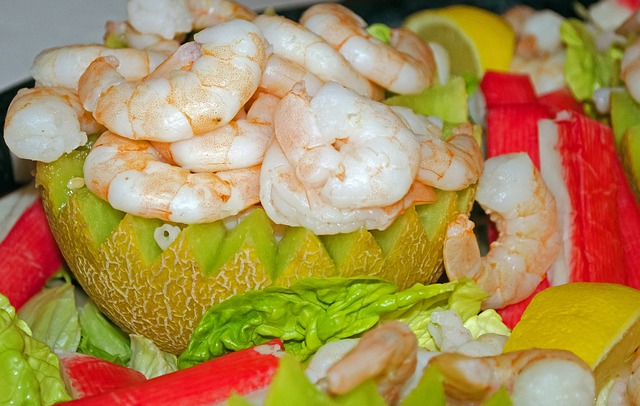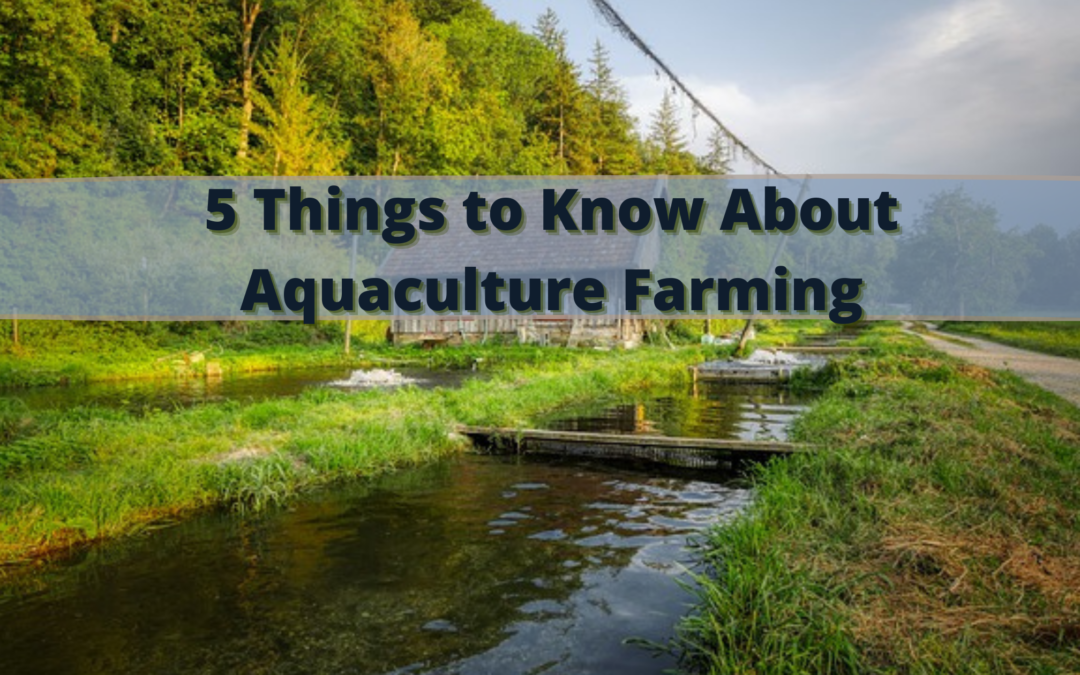Sustainable aquaculture or fish farming is well known for its great benefits such as the improvement of the ecosystem, the supply of sustainable seafood, and economic growth. Aquaculture is one of the fastest-growing forms of food production. According to a report by the United Nations Food and Agriculture Organization, Global Marine and Freshwater Aquaculture Production rose by about 527% in the period 1990 – 2018. Going by such a report, it’s very clear that aquaculture farming has been on steady growth and this is mainly due to the high demand for healthy protein which makes it such an economically viable venture.
To effectively engage in aquaculture farming; there are a number of things that one should be well conversant with. Here are some of the key things to be aware of;
Aquaculture Farming is a Viable Source of Protein
When fish farming is compared to animal farming; fish farming tends to be a lot more cost-effective as it requires much less when it comes to feeding. Since they are cold-blooded they don’t require many calories to stay warm or fight gravity. It, therefore, takes less than a pound of feed to produce. This is one reason that makes it possible for aquaculture farming to be a viable source of protein.
Aquaculture farming therefore if properly executed has the potential of meeting the protein needs for the growing global population without putting much demand on the limited natural resources like farmable land.
Aquaculture Farming is Done under Comprehensive Environmental Regulations
Just as it is with many forms of production and development within the United States; Marine Aquaculture has a range of regulations that are geared for environmental protection. All of the aquaculture farms within the U.S. are therefore required to meet the requirements. Having knowledge of the regulations that one should observe as they engage in aquaculture farming can be of great help.
Aquaculture Farming Supports Various Regional Economies
The United States alongside other countries the world over has a vibrant aquaculture industry. According to a U.S. nationwide production 2017 report; it was valued at $1.5 billion and the industry continues to grow, create jobs, foster the local communities and also provide new international trade opportunities.
Aquaculture farming acts as a great source of employment for those in rural settings. The economies of fish farmers and those helping with farming tasks have been greatly impacted as a result of engagement in aquaculture farming.

The use of Antibiotics is Regulated
When venturing into fish farming, the use of antibiotics is required to help curb the spread of diseases and also treat diseases that may arise. However, before you engage in the use of such it’s important to know that the use of antibiotics is regulated in some countries. Antibiotics help with controlling bacterial diseases however, farmers should ensure putting in place the best management practices such as proper stocking with limited density, incorporation of high-quality diets, use of probiotics and vaccines as preventive measures.
Sustainable Measures
There are technologies that can be implemented to help reduce the environmental impact of fish farming and having knowledge of such is important. By joining a community such as the EAT Community you get to interact and benefit from the insight shared by farmers who are well versed in the latest technologies and how they can be implemented to improve fish production.
P.S: – If you’d like to learn more about sustainable fish farming, please join our EAT Community where you can make some money making the planet better!



